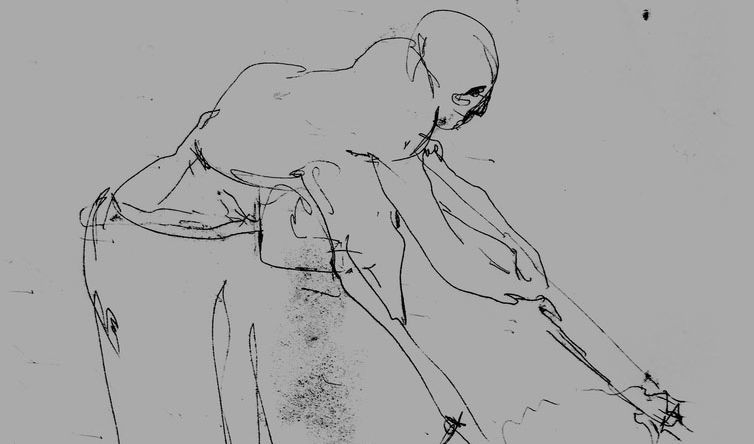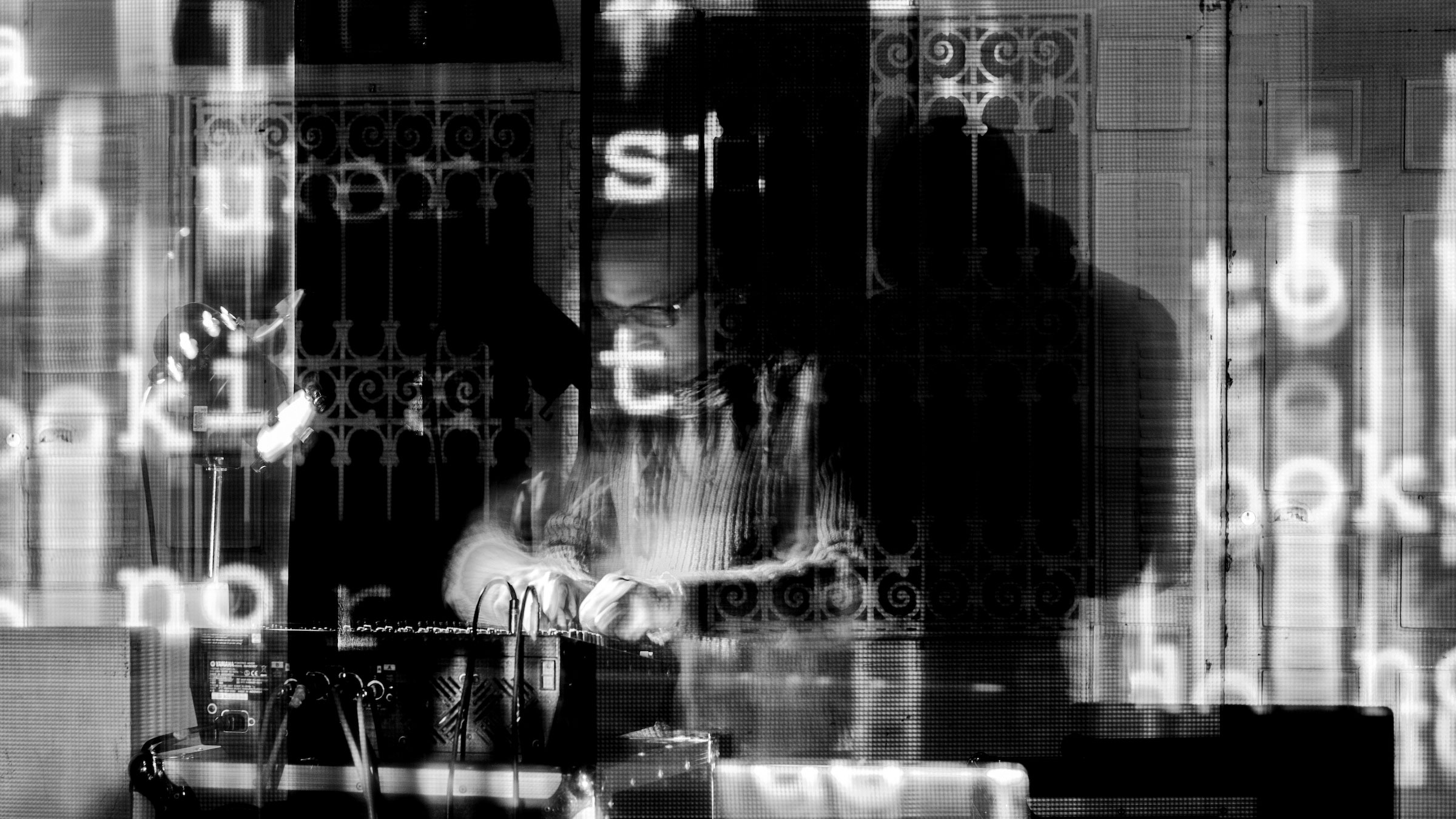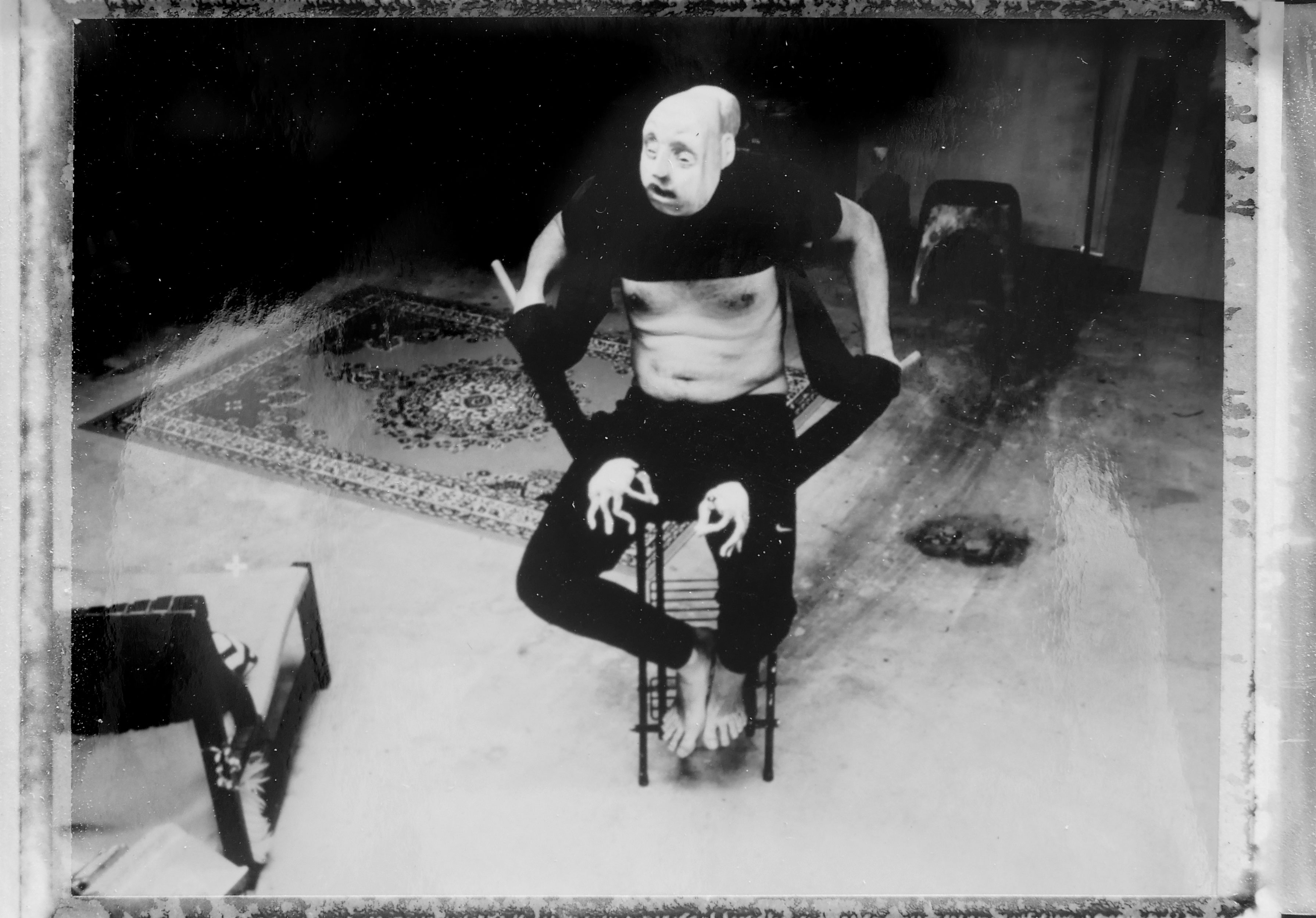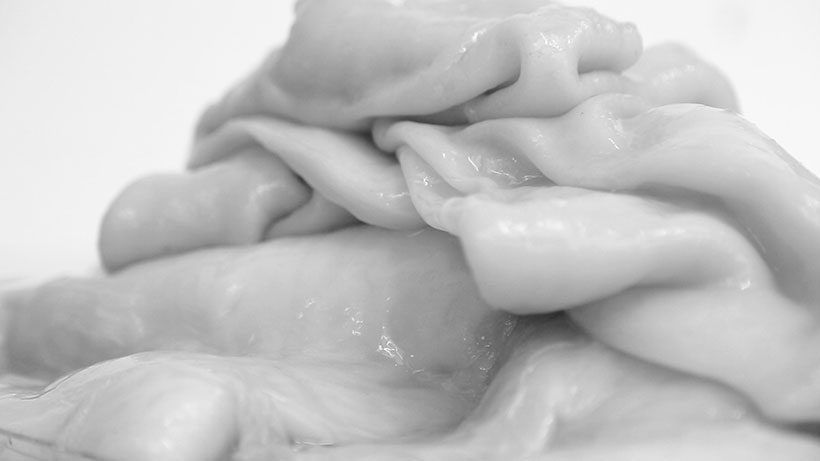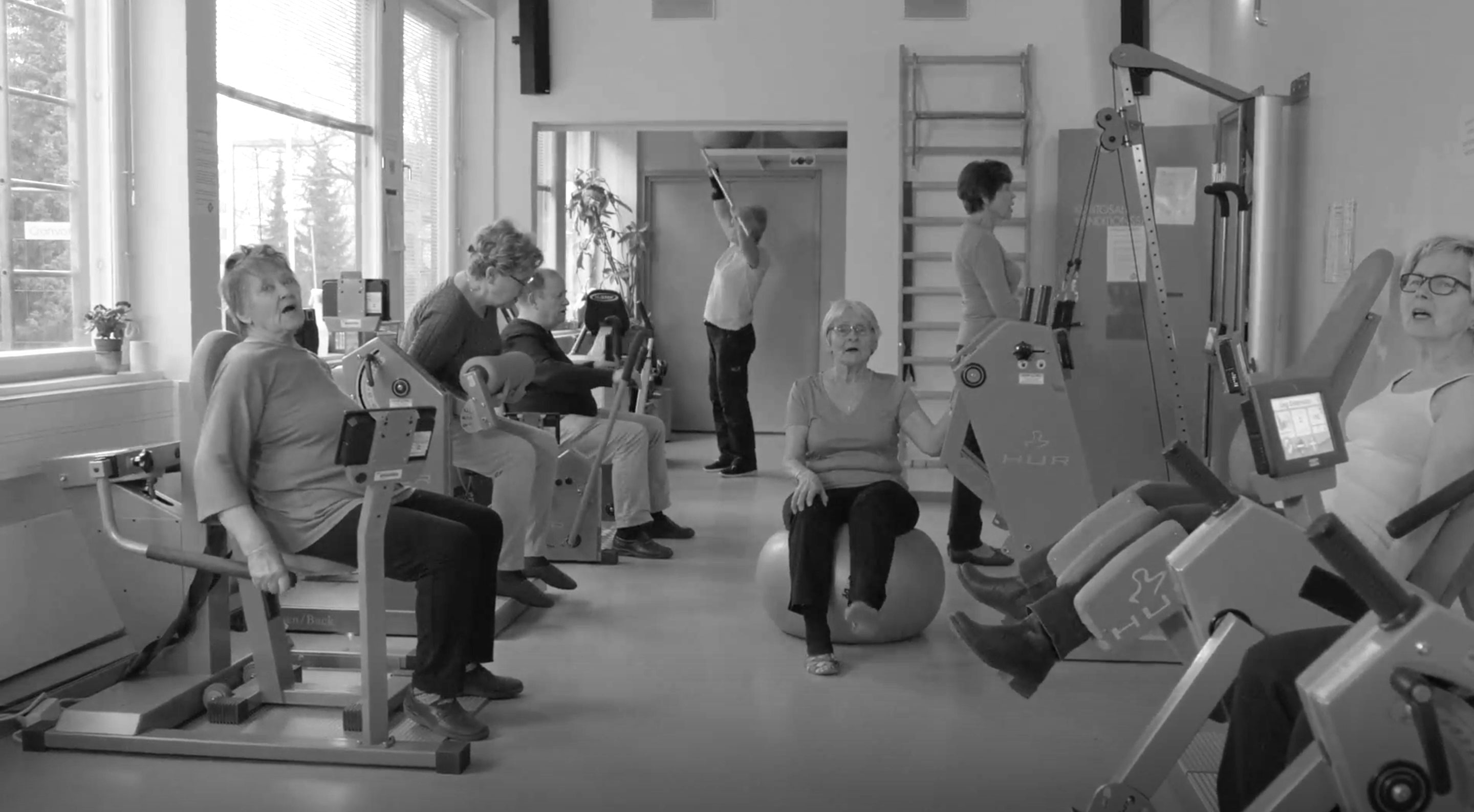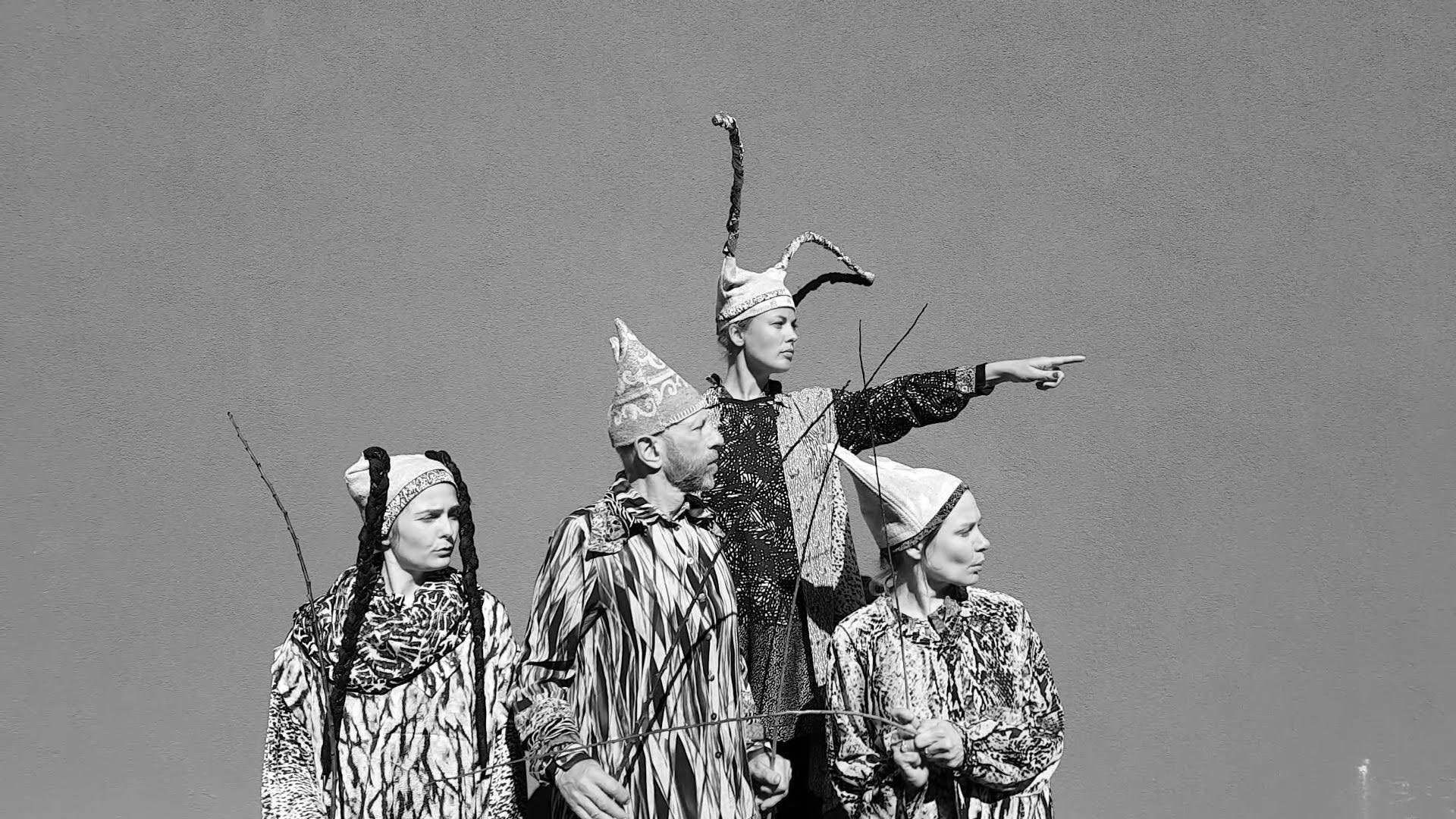VIS number 2 has alienation as its theme. The promotion as a method has a critical potential. In artistic research, there is also a double alienation: after "having made things alien", a process of self-alienation (and self-understanding) is created for an observation of methods and processes "from the outside".
VIS #2 - THEME: ESTRANGEMENT
Traditionally, the cultural space – the art space, the museum, the concert hall, the theatre – is a demarcated place where the artist brings together and presents a selection of “things”: these can be objects, images, sounds, people, or actions. In a similar manner, we can think of the “editorial space”, or in this context the exposition, as a space where things are brought together. For each and every one of the works, the very act of collecting these things and bringing them here has a short or long pre-history of using spaces for culture. In this issue of VIS, we have examples from the exhibition space (Anna Ting Möller and Budhaditya Chattopadhyay), the studio (William Platz), the theatre scene (Lise Hovik) and the cinema (Susanna Helke and Alejandro Pedregal). What the events and actions in these different spaces have in common in this context is that they precipitate narrativity. Narration is a method for putting “things” together, including and excluding, and this method supports the similarity between the editor and the narrator (and the collector). Here “a subjectively focalised sequence of events” is “presented and communicated”, to use Mieke Bal’s words in Telling Objects.[1]
The narrative act, as well as collecting and editing, has in other words a compilatory function, and by bringing these “things” to the exposition space the contributors use narration as a sort of cognitive tool. They also agree to add a new level of temporality in their works, a new stage of ordering, collecting and making – of documentation, of workstories, of reasoning and of reflection.
Mieke Bal describes estrangement as a method with the intention of making objects “absolute other” after they have been given the status of being “not-other”. The “absolute other” status appears when things are severed from their context (through subordination, appropriation and depersonification) – a process of “paradoxical meaning production in collecting.”[2]
In this issue of VIS (No 2), we encounter some of the aspects of the movement between the “not other” and the “absolute other” – they may be disturbing, frightening, liberating, and they all have critical potential and the potential for creation of meaning.
In Budhaditya Chattopadhyay’s exposition Listening in/to Exile: Migration and the Media Arts, everyday listening is the point of departure for addressing how estrangement is connected to exile, migration, hyper-mobility, placelessness and nomadism.
Anna Ting Möller’s exposition The Baby Bucha Project lets us engage with a work that is grounded in the artist’s feelings about having been transnationally adopted. The assumed colorblindness that permeated her upbringing as a Person of Color with white parents was an existential complication for her. By growing kombucha culture in tea and sugar, she creates a cellulose material that resembles human flesh – a living material that enables her: “to visually express the feeling of being estranged and alienated from one’s own body and the fear of drowning in one’s own skin.”
Susanna Helke and Alejandro Pedregal exposition Testifying for the Invisible: Documentary Poetics of Estrangement presents two dialogical essays along with film-case studies by the authors. Here, estrangement is discussed as an emancipatory strategy with heritage in various counter-cinema movements through history.
William Platz’s exposition in Spin Puppet, Spin: Drawing Estrangement is a tour in the world of puppets, dolls and mannequins – where the binaries of life and non-life are not clear. The exposition circles around the studio as a space for life drawing. The drawings and photographs in the exposition have all been created by studio puppets, and they all share the same subject matter: the puppets themselves.
Lise Hovik’s work also uses props as devices to create a world of odd creatures. Her exposition Animalium is based on the children’s theatre play/artistic research project Varken fugl eller fisk (“Neither Fish nor Fowl”). The title points to an in-between world, a world in transition, created by the company Teater Fot in collaboration with the audience. Animalium is an attempt to both re-enact and represent within the form of exposition, “a translation from theatre to text, pictures, sound and video.”
The call-text for Estrangement can be found below.
Magnus Bärtås, Issue Editor, VIS #2
[1] Mieke Bal, ”Telling Objects”, in Cultures of Collecting, ed. John Elsner and Roger Cardinal. Reaktion Books, London 1997, p. 100.
[2] A.a. p. 105.
CALL VIS ISSUE 2, ESTRANGEMENT
Svetlana Boym writes, in Architecture of the Off-Modern[1]:
By making things strange, the artist does not simply displace them from an everyday context into an artistic framework; he also helps to “return sensation” to life itself, to reinvent the world, to experience it anew. Estrangement is what makes art artistic; but, by the same token, it makes life lively, or worth living.
This is a different notion of estrangement than the use of the term established by Bertolt Brecht in theater – as a method of enhancing criticality and an awareness of the levels of fiction - as well as from the Marxist use of the term; an alienation of social relations due to wage labour and reification. Boym’s description seems to involve documentarism, collecting and archival activities – practices where things are isolated or combined in an unexpected way; they suggest a resisting of the erosion of memories and a perhaps vain attempt to postpone the slow and gradual disappearance of things.
In artistic research, there is an additional “double” or “second” estrangement that is crucial: after “making things strange” we, as artists and researchers, engage in another process of self-alienation (and self-understanding) in order to look at our own methods “from the outside”. This estrangement from the working process is vital as part of the attempt to find a language that is able to articulate experiences from artistic practice, and even to evolve theories about that practice.
VIS invites those wishing to submit artistic research material that manifests a reflection upon estrangement – be it from the perspective of Brecht, Marxism, Boym, “second strangement” or any other viewpoint. Art works and expositions should have a clear relation to the theme and be conceived for the benefit both of those within the field and those beyond the sphere of artistic research. Expositions in Norwegian, Swedish, Danish or English are all welcome.
[1] Buell Center/FORUM Project & Princeton Architectural Press 2008, p. 18–19.
